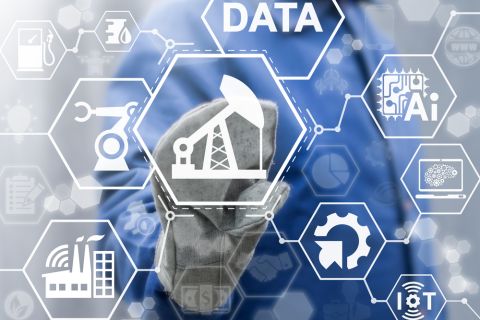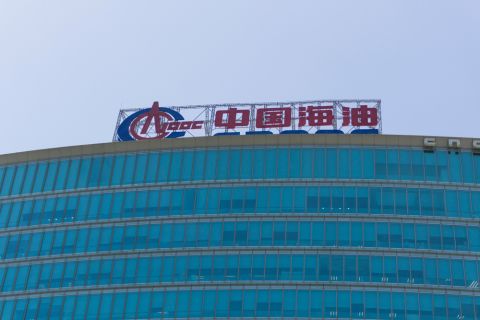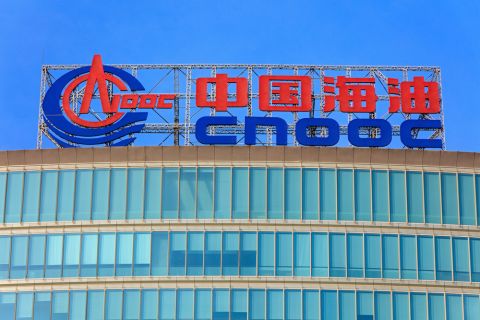The oil and gas industry received a much-welcomed present at the end of 2017: stable and declining inventories and moderate growth of international crude benchmarks. With massive cost reductions in 2016 and dramatic portfolio realignment in 2017, the industry is poised for profit growth this year.
However, when pressed, business leaders admit that high-quality investment opportunities are in short supply. In fact, the loss of expertise and investment in existing assets during the crisis was severely limiting their ability to quantify the value of new opportunities or determine strategies that would return new fields to profitable production. Digitalization can mitigate these challenges.
Operators recognize the value of digitalization to their businesses. According to a recent Accenture survey, two-thirds of upstream leaders agree with this, but they find it difficult to describe what digitalization means and how to measure the value or estimate its transformative impact.
One reason is that the predictive power of Big Data seems to be just out of reach for the industry. Industry experts look skeptically at sectors such as manufacturing, professional services, finance and insurance, and IT and then turn back to the well-established E&P best practices that have served them so well for decades.
Emerson proposes three areas of focus where operators can use digitalization strategies to impact their 2018 results.
First is machine learning. Operators need to stop being distracted by “the promise of Big Data” and start implementing technologies available today. Machine learning is being used in areas such as seismic and log interpretation and can help operators extract hidden value from reservoir data through, for example, calculating the probability of different rock type distributions or incorporating prestack or post-stack seismic attributes directly into the workflow.
Second is embedded expertise. With 440,000 people having left the industry between 2015 and 2017, those who remain are being asked to do even more with less.
Experts need software that provides relevant contextual information when it is needed to make the right reservoir decisions. There is a need to unite high-performance measurement technologies with modeling and analytics capabilities that allow operators to quickly sift through the relevant data and understand what impact their actions have on production.
One recent software launch, for example, has addressed this need—a production modeling system for unconventional reservoirs allowing workers at the wellhead to immediately understand the long-term impact of a decision to open or close a valve. Decades of advances in the physics of fluid flow also are available on mobile devices.
Finally, there are forecasting and optimization. The industry is gradually shifting away from deterministic modeling methods in E&P software and toward Bayesian or stochastic approaches, trends expected to accelerate this year.
These strategies give operators the ability to more accurately quantify the risks and upsides to their production by understanding the sensitivity of their forecasts to unknown subsurface parameters. New software does just that by calibrating a range of geologic parameters to a field’s production history, thereby reducing the range of future outcomes. Such technologies can impact all E&P stages by determining the correct operating ranges for processing facilities throughout the lifetime of a field.
The industry is at an inflection point in its digital evolution. If they get it right, operators could be seeing significant investment returns over the next year.
Recommended Reading
E&P Highlights: March 11, 2024
2024-03-11 - Here’s a roundup of the latest E&P headlines, including a new bid round offshore Bangladesh and new contract awards.
The Need for Speed in Oil, Gas Operations
2024-03-22 - NobleAI uses “science-based AI” to improve operator decision making and speed up oil and gas developments.
Sangomar FPSO Arrives Offshore Senegal
2024-02-13 - Woodside’s Sangomar Field on track to start production in mid-2024.
CNOOC Makes 100 MMton Oilfield Discovery in Bohai Sea
2024-03-18 - CNOOC said the Qinhuangdao 27-3 oilfield has been tested to produce approximately 742 bbl/d of oil from a single well.
CNOOC Finds Light Crude at Kaiping South Field
2024-03-07 - The deepwater Kaiping South Field in the South China Sea holds at least 100 MMtons of oil equivalent.





